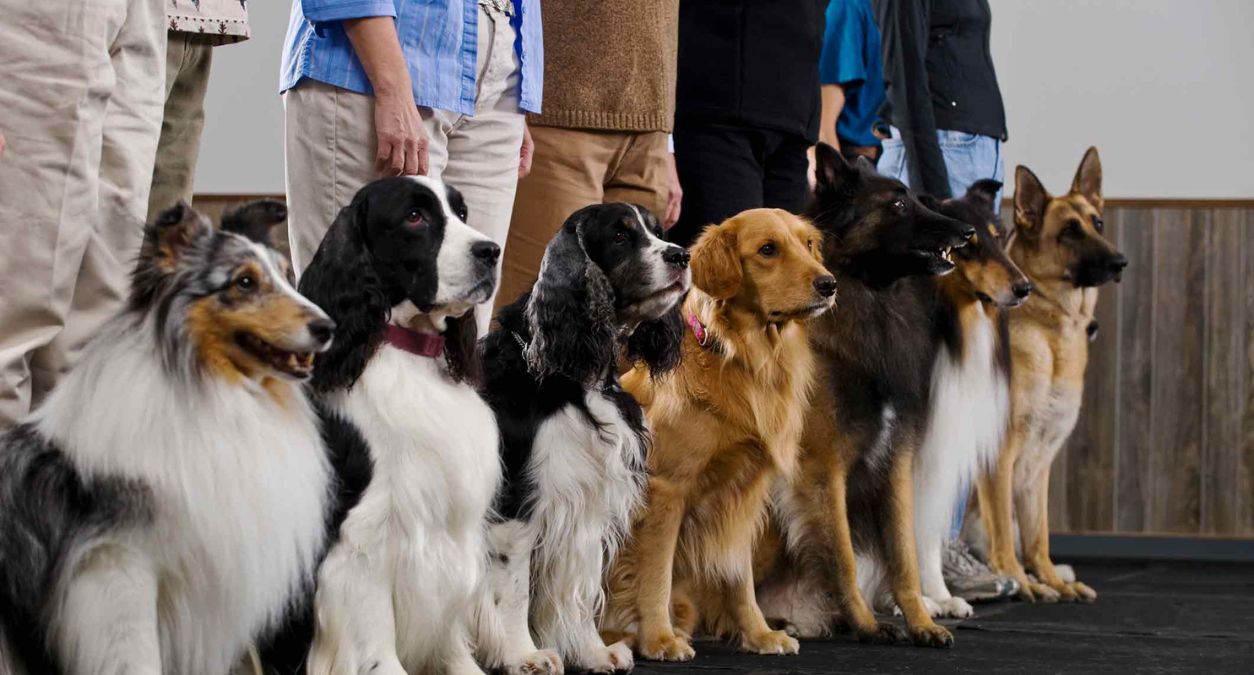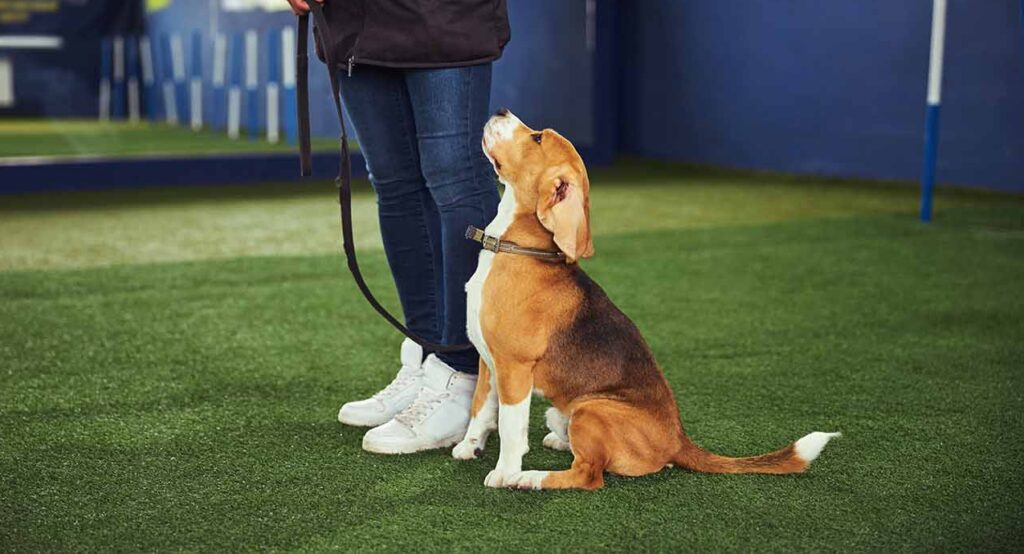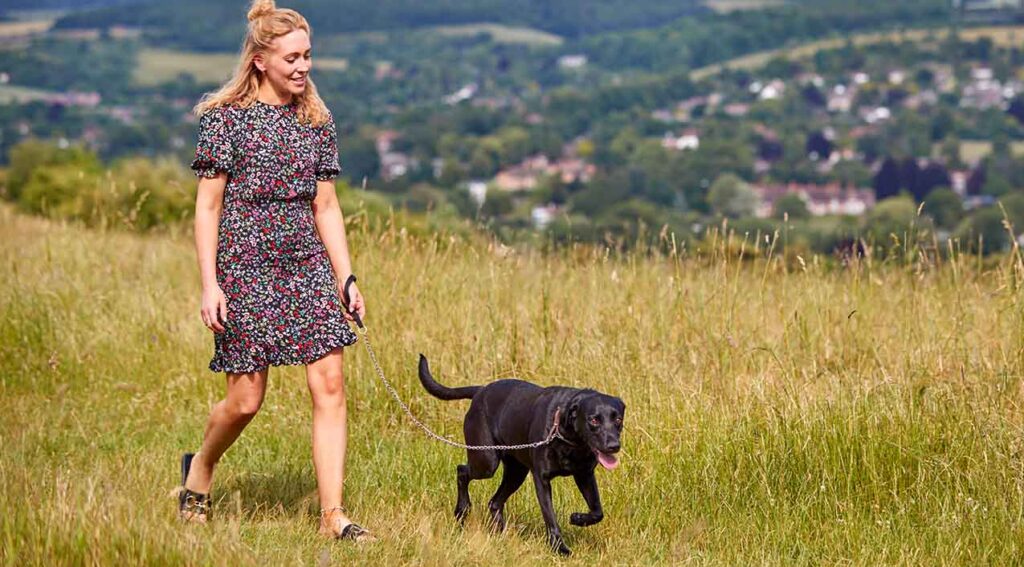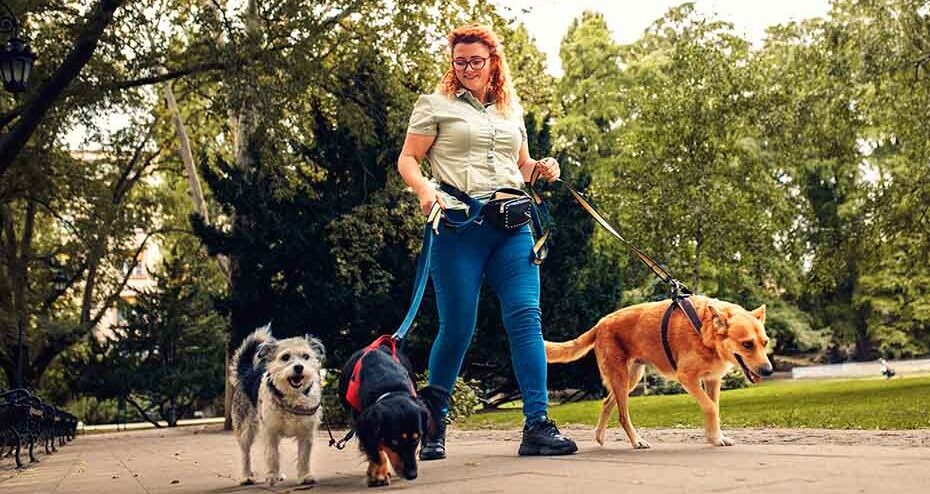If you want to channel your passion for dogs into your profession, starting a dog training business could be a great option for you. Dog trainers play a crucial role in enhancing the relationship between dogs and their owners. Helping owners understand their pets and address behavioural issues contributing to a harmonious bond that will be hugely valued.
Running your own dog training business can provide a certain degree of flexibility and independence to your daily schedule offering another benefit. However, it’s crucial to be aware of the essential requirements you’ll need to get your dog training business up and running. Ensuring you adhere to laws and regulations first and foremost but also general effective business management.
In this guide we’ll take you through the core components to consider when setting up as a dog trainer. From qualifications, operational demands, costs, earnings and tips to promote your business.
What do you need to start a dog training business?
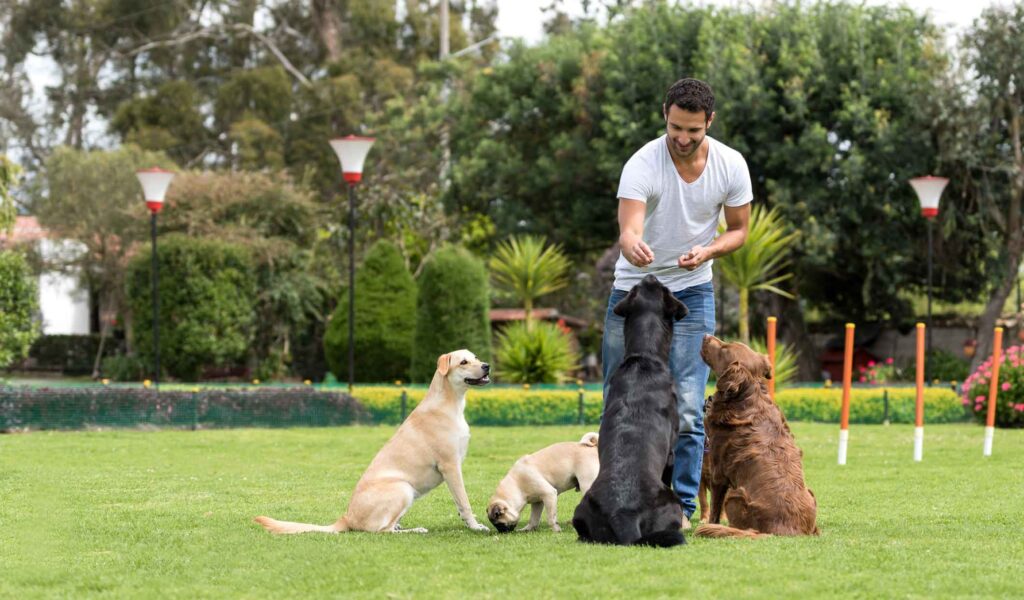
How much does it cost to start a dog training business?

Registration costs
Dog Kennel Boarding License: If you provide boarding or daycare services, obtain the necessary license.
Equipment and Supplies
Training Equipment: Leashes, treats, clickers, and training aids.
Marketing costs
Website: Building a professional website.
Marketing Materials: Business cards, flyers, and online ads.
Social Media: Promote your services on platforms like Instagram, Facebook, and Twitter.
Operational Costs
Utilities: If you have a training facility.
Transportation: If you offer in-home training.
Software: Booking systems, client management tools, etc.
Staff costs
If you hire staff (assistants, trainers), factor in their salaries or wages.
Insurance
Liability Insurance: Protects against claims from clients or third parties.
How much can I earn as a dog trainer?
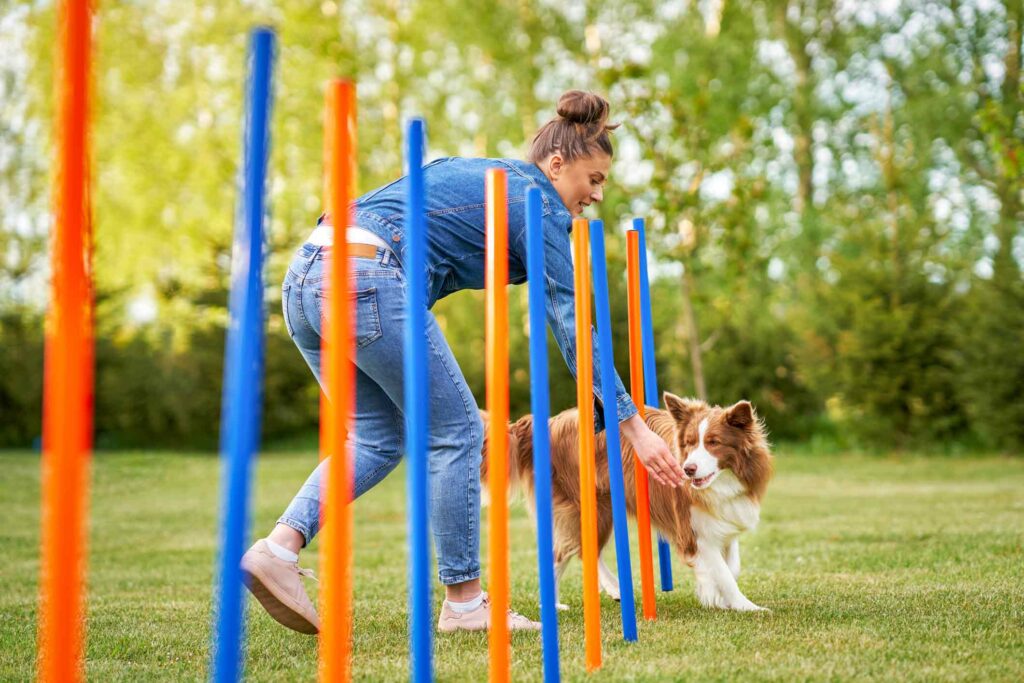
How to promote a dog training business?

Get Dog Training Insurance from Protectivity
*Disclaimer – This blog has been created as general information and should not be taken as advice. Make sure you have the correct level of insurance for your requirements and always review policy documentation. Information is factually accurate at the time of publishing but may have become out of date.
Last updated by




